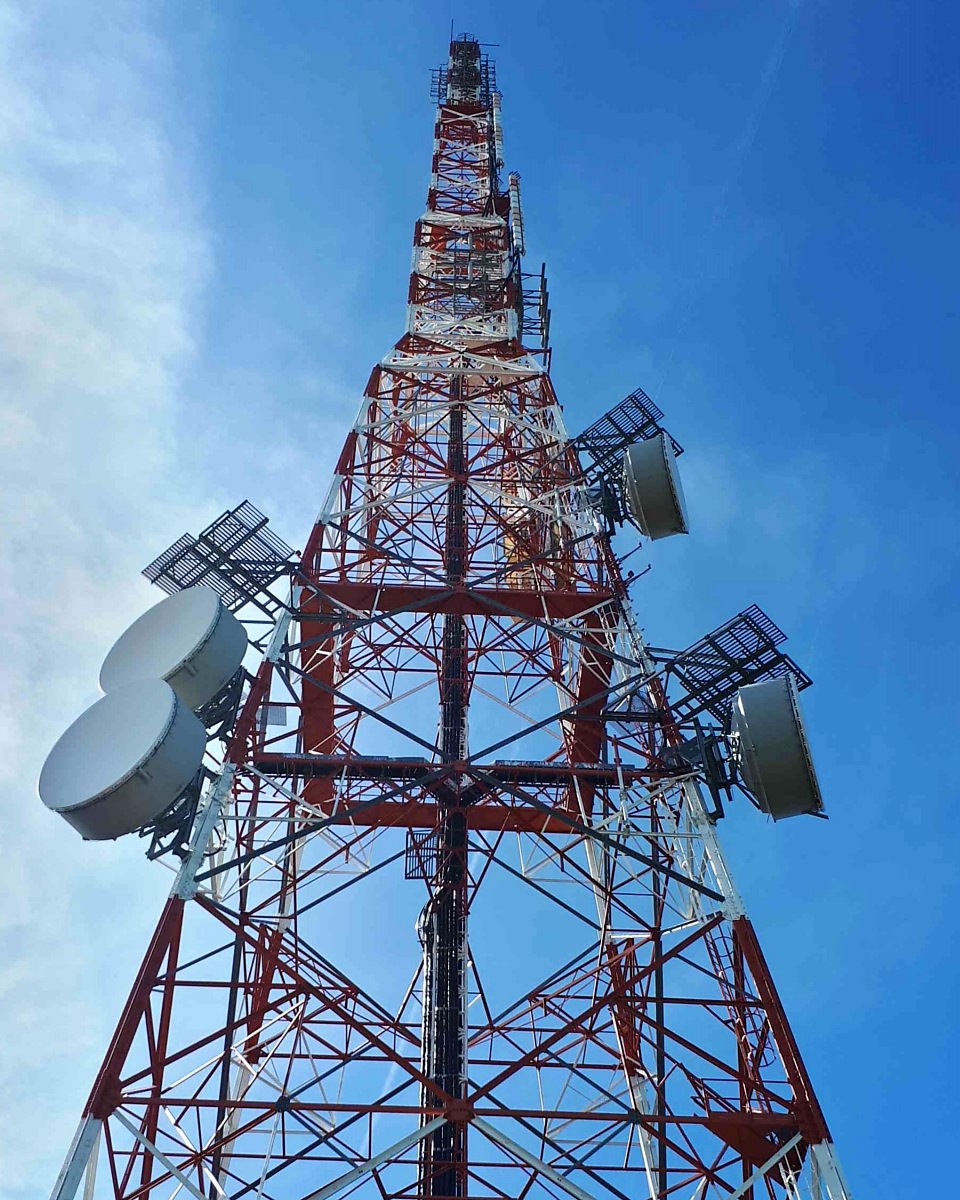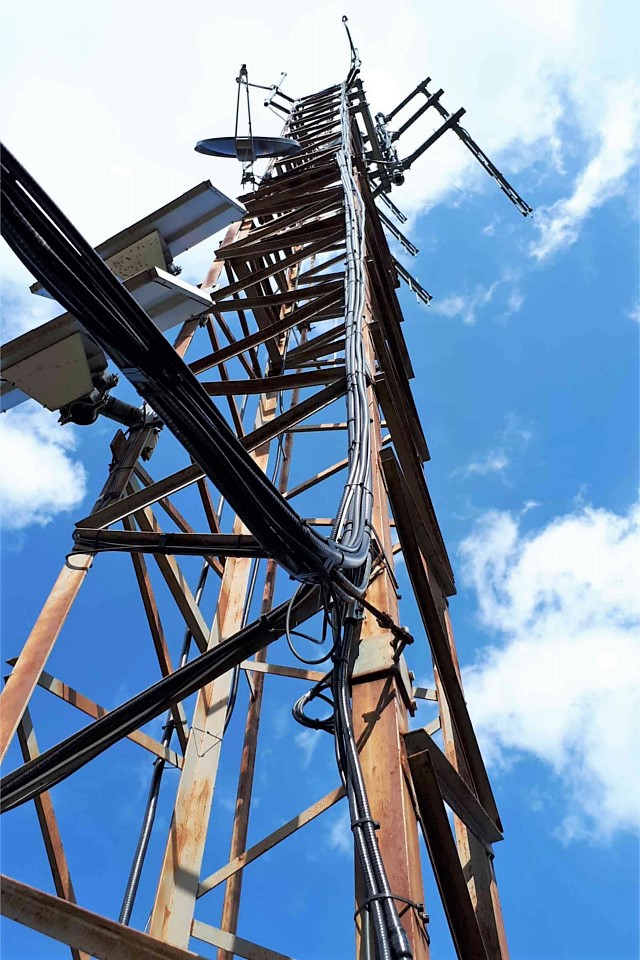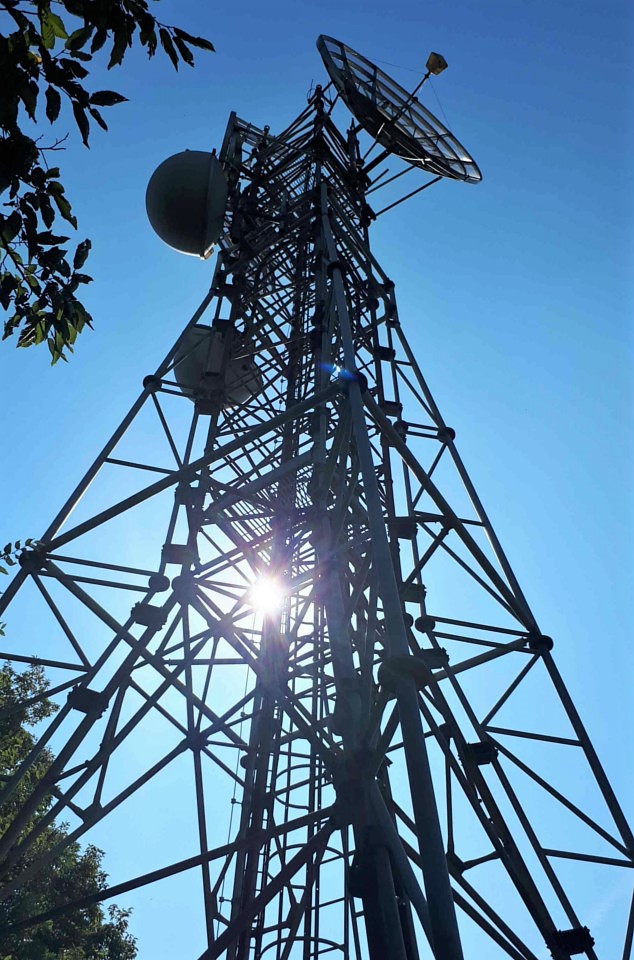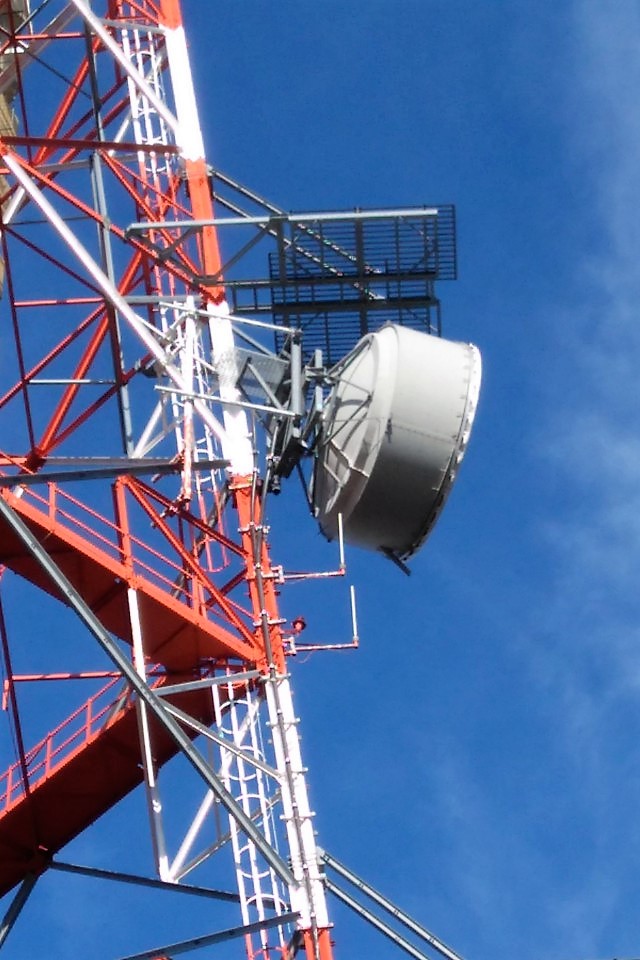
ARPAE - Hydro-Meteorological-Climate Service
Adaptation of real-time hydro-meteorological-rainfall monitoring networks related to Emilia Romagna Region’s RIRER network
REQUIREMENTS
The increase of intense and quick hydro-meteorological phenomena which increasingly affect our territory has led to the need for Arpae to collect more frequent monitoring data, in order to guarantee a more effective and timely control. For this reason, it has been decided to update the real-time hydro-meteorological and climate monitoring networks connected to the RIRER network of Emilia Romagna Region for Civil Protection purposes, which are managed by Arpae’s Idro-Meteo-Climate Service.
FEATURES
The necessary operations have been carried out to reduce the current cycle time of all the radio-connected stations of the networks concerned, from 30 minutes to a maximum of 15 minutes.
For this purpose, a single, dedicated UHF-band radio communication network has been set up , which is completely centralised and managed by Arpae control centre in Bologna, guaranteeing maximum simplicity and low running costs. In case of fault at the main control centre in Bologna, Parma’s Arpae control centre will be able to take over the entire network as a reserve control centre.
The new network structure consists of four sub-networks, operating in parallel, with transceiver systems for the transport backbone all at 9600 b/s. One of these subnets is exclusively dedicated to data exchange towards secondary centres and neighbouring networks.
Finally, the system has undergone significant technological development and a strengthening of the control stations.
COMPOSITION
This new network consists of pre-existing and new terminal devices, and of radio panels and digital repeaters of latest generation. During transmission, each repeater in the system is able to automatically detect and correct any error on transmitted messages, even if not directed to itself. This prevents degradation that is typical of long radio routes, reducing the risk of message corruption.
Radio
The project involved the adaptation of the existing monitoring network by replacing all the repeaters, repeating stations and already existing radio panels, based on a 2400 b/s radio module with the new CAE’s RCS model, which is able to increase the signal’s transportation speed up to 9600 b/s, preserving at the same time, all the features offered by the existing repeaters and radio panels.
RCS radio devices are technologically analogous to those pre-existing in the network and identical to those already operating at 9600 b/s. Such devices are thus able to operate both at 2400 b/s, in the case of connections with existing station equipment, and at 9600 b/s in all other connections with new or pre-existing equipment already operating at 9600 b/s. For this reason, the peripheral measuring stations can continue to operate at 2400 b/s thanks to the compatibility of the transceiver devices used for the operations planned on the network’s repeaters and relay stations.
The communication protocols used are royalty-free, moreover, they are fully documented, both on physical level (serial, Ethernet, ...) and on-air. As far as the part of the system that uses Arpae’s RA-TETRA radio network, CAE reconfigured the devices, in order to reduce the cycle time from the previous 30 minutes to 15 minutes, and to transfer the network management functions to the Arpae_RA-TETRA control centre in Bologna.
Stations
The oldest Arpae_RA-UHF stations, now outdated and obsolete, have been updated to Mhas technology with Open Log dataloggers, based on Linux open source operating system and designed to ensure the highest level of system openness and with the ability to manage applications in different risk contexts (multi-hazard), in addition to a high level of reliability.
Control centres
The strengthening of the control panels has been achieved by supplying redundant hardware that performs better than the current set-up, along with implementing a fully-virtualised architecture. Moreover, in substitution of MERCURIO2, the new DATALIFEprogram has been installed and configured at Arpae’s control centre in Bologna, complete with a new Unified Data Base UDB (SQL-based ) able to unify the storage of all system data and metadata.
This will facilitate automatic synchronisation between the main and secondary control panels, concerning all system information: surveys, personal data, alarms, user profiles, filters, and so on. In order to exploit this automatic synchronisation potential , the regional secondary stations, considered strategic for the system, have also been reinforced. The pre-existing data exchange procedures have been preserved for all the remaining stations, through the maintenance of the procedures utilised by the existing ACTIVE.DVD software, suitably reconfigured.

 DOWNLOAD PDF
DOWNLOAD PDF


